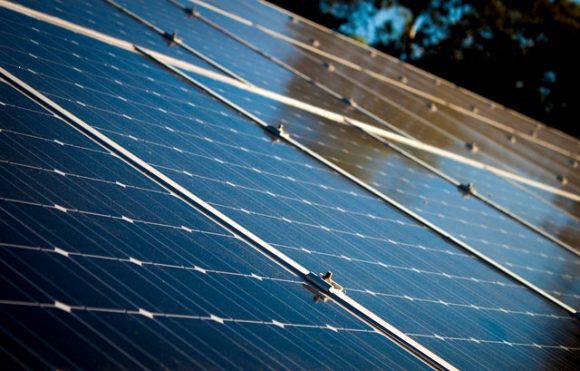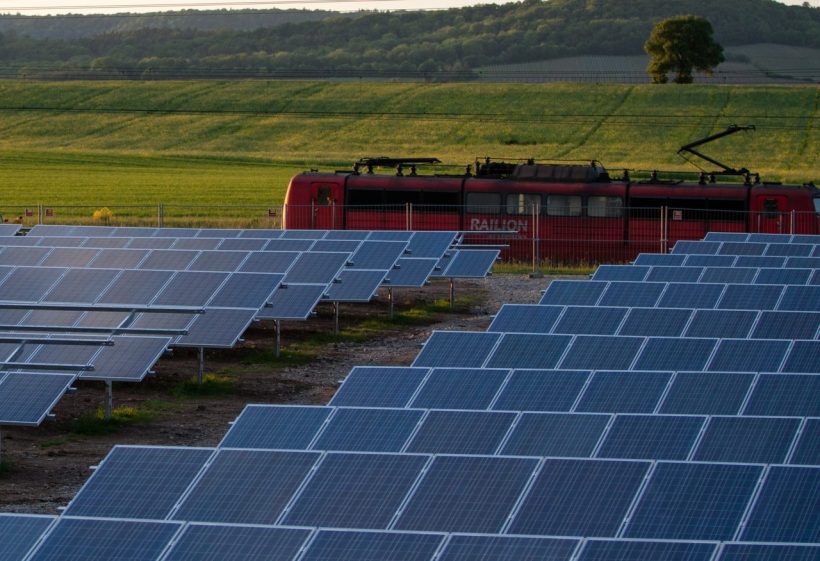Let’s talk about the solar myths. The trajectory of solar energy adoption has seen exponential growth over recent years. Its promise to provide a sustainable alternative to fossil fuels positions it as a cornerstone in the global push for cleaner energy.
Yet, as with any transformative technology, solar energy is surrounded by myths and misconceptions. These myths can slow down or even reverse adoption rates and perpetuate outdated beliefs.
Fortunately, strategic solar marketing plays a crucial role in dispelling these myths, educating the public, and propelling the solar industry forward.
The Prevalence of Solar Myths

Why do myths about solar energy persist? A combination of legacy beliefs, fear of the unknown, and misinformation campaigns can contribute.
SEO for a solar company is a perfect way to dispel myths and educate those actively search for solar energy information. There’s no better place to push sustainable and green energy solutions than Google search!
As solar technology evolves, addressing these myths head-on is crucial, ensuring that public perception aligns with current realities.
Key Solar Myths and How to Counteract Them with Marketing

Let’s take a look at some of the most common myths currently circulating around the solar industry, and some ways to develop content to address these misconceptions.
Myth: Solar Panels Don’t Work in Cloudy Areas.
Sure, cloudy areas can reduce solar effciency a few percentage. But by utilizing testimonials and case studies from customers living in traditionally cloudy or rainy regions who have benefited from solar installations. Infographics highlighting solar energy generation in varying weather conditions can also provide a clear, visual argument against this myth.
Myth: Solar Panels Are Too Expensive.
Create content centered around the decreasing cost of solar technology over the past decade. Highlight government incentives, tax breaks, and financing options available to homeowners. An interactive calculator tool on your website can allow visitors to calculate potential savings and ROI based on their circumstances.
Myth: Solar Panels Require Excessive Maintenance.
Develop blog posts or video content illustrating the minimal maintenance needs of modern solar installations. Customer testimonials discussing their low-maintenance experiences can also provide authentic voices to debunk this myth. You can also point out how most solar companies suggest not getting on a roof to clean panels as the impromvement is often negliable.
Myth: Solar Installations Are Complicated and Time-Consuming.
![]()
Offer a step-by-step guide or video series showcasing the installation process. Emphasize your company’s support and guidance from start to finish, ensuring a seamless transition for the homeowner or business. Give specific time frames your customers see installations complete and running.
Myth: Solar Panels Can’t pay For Themselves
This is a similar point to the first myth, but goes a bit deeper with the misconception of just how long solar panels typically generate energy for. Modern solar panels will produce power well over 30 years and are often covered under warranties for 20+ years.
Case studies or infographics that show real-world examples and data from property owners help most with this myth. Also, be sure to mention the rising costs of energy around the world and how unpredictable those prices can be.
Myth: Solar Panels Will Damage Your Roof
To tackle this concern, content can focus on the professional methods used during the installation process. With the sheer number of panels being installed around the globe every year, in comparison, there are few reports of damaged roofs.
Of course, improper installation can cause damage, so you should always trust a professional installation company with plenty of experience.
Leveraging Social Proof and Engagement

Beyond content creation, solar companies can employ other marketing strategies to dispel myths:
Engage on Social Media: Regularly address myths in bite-sized posts, encourage users to ask questions, and share their own solar experiences. The community-driven nature of platforms like Instagram or Facebook can generate organic conversations with real people that challenge misconceptions and slowly break down solar myths.
Host Webinars or Q&A Sessions: Live interactions offer a platform for experts to address concerns and debunk myths in real-time directly.
Collaborate with Influencers: Partner with eco-conscious influencers who can share their positive experiences with solar, thereby reaching and educating their followers.
How Else Can Solar Companies Overcome Solar Myths?

Solar myths that are left unchecked, can shape perceptions and influence decisions.
In the solar energy industry, these misconceptions can stand in the way of a more sustainable future and hurt your bottom line as a solar company.
Solar companies can actively challenge and correct these myths through targeted marketing strategies, ensuring that the public’s perception is grounded in facts.
By becoming a trusted source of information and educating in the solar industry, customers will consistently put their faith in you by booking more and more jobs – which only serves to increase your bottom line.
In the age of digital connectivity, marketing becomes the amplifier of truth, ensuring that facts about solar energy travel faster, further, and more persuasively than any myth ever could.



Leave a Reply